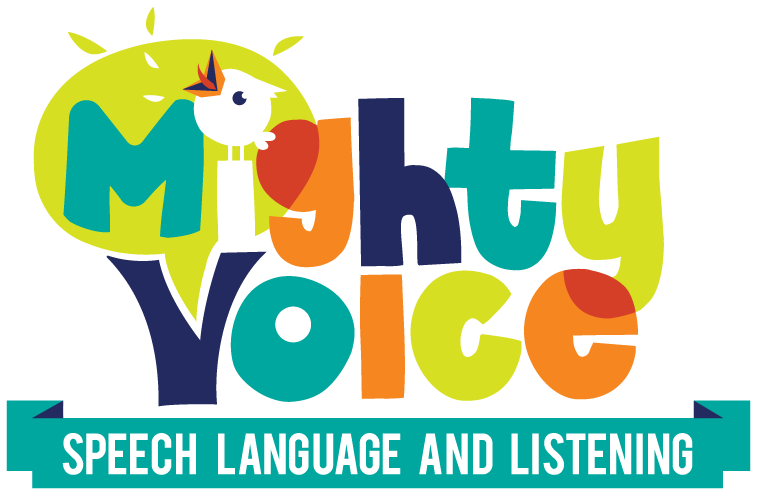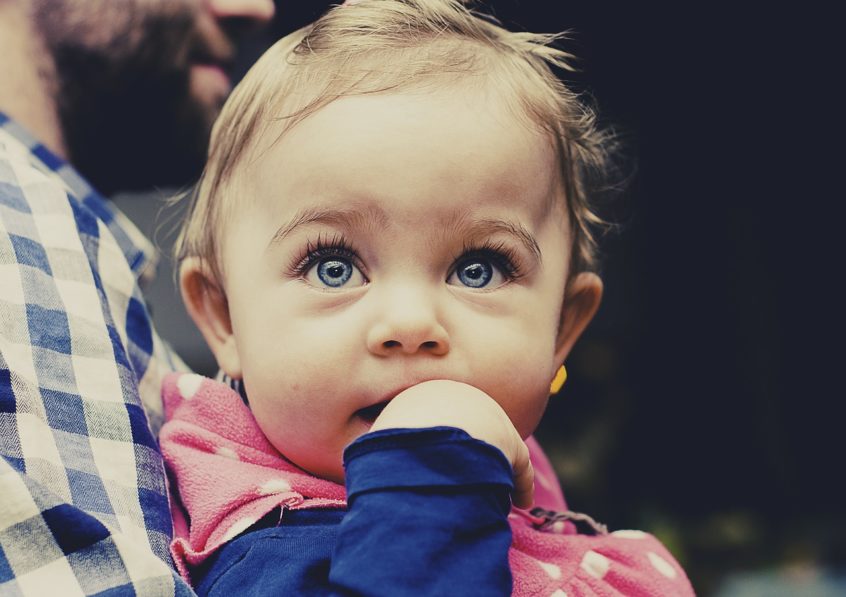If you’ve been a parent for more than 5 minutes, I’m sure you’ve seen 1 or 2 developmental checklists…the things your child should be doing in any area of development by a certain age.
These checklists are helpful guides. But, when it comes to speech and language development, sometimes we focus just on the number of words our children are saying.
Communication, Not Just Talking
But, I’m here to tell you, the number of words your child is saying doesn’t tell the whole story, especially with babies. They are doing so much more! Instead of just looking at talking, as parents we should also be thinking about how our babies are communicating. Sometimes we overlook that part of the milestones handouts.
Here are some ways babies communicate with us, long before they start talking:
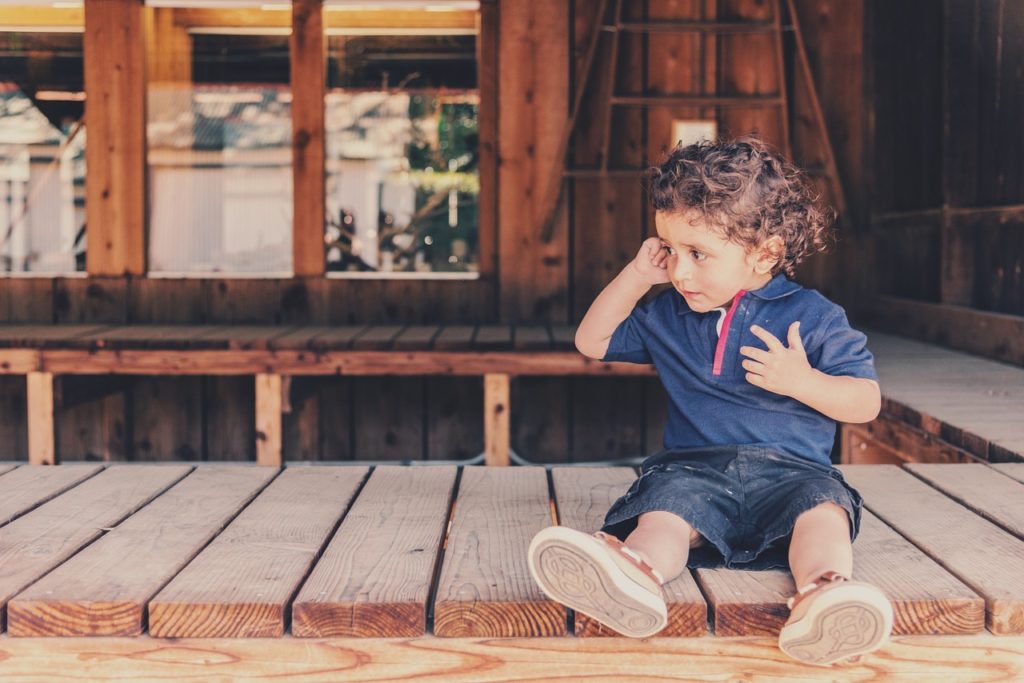
Listening
Babies are listening to us, and understanding us, long before they can talk. At the beginning, they show us they heard by turning toward a sound or smiling at the sound of your voice.
As they get older, they show us they’re listening by following simple directions like “come here,” or “get your blankie.” All that listening is extremely important, because it’s how they’re taking in and understanding language, so that eventually they can start to use it.
Eye Contact and Joint Attention
When our babies look at us, they’re communicating and connecting with us. They also learn how to do something we call “joint attention.” This is where when you look at something, your baby looks at it too. They’re sharing that moment with you by looking at what you’re looking at.
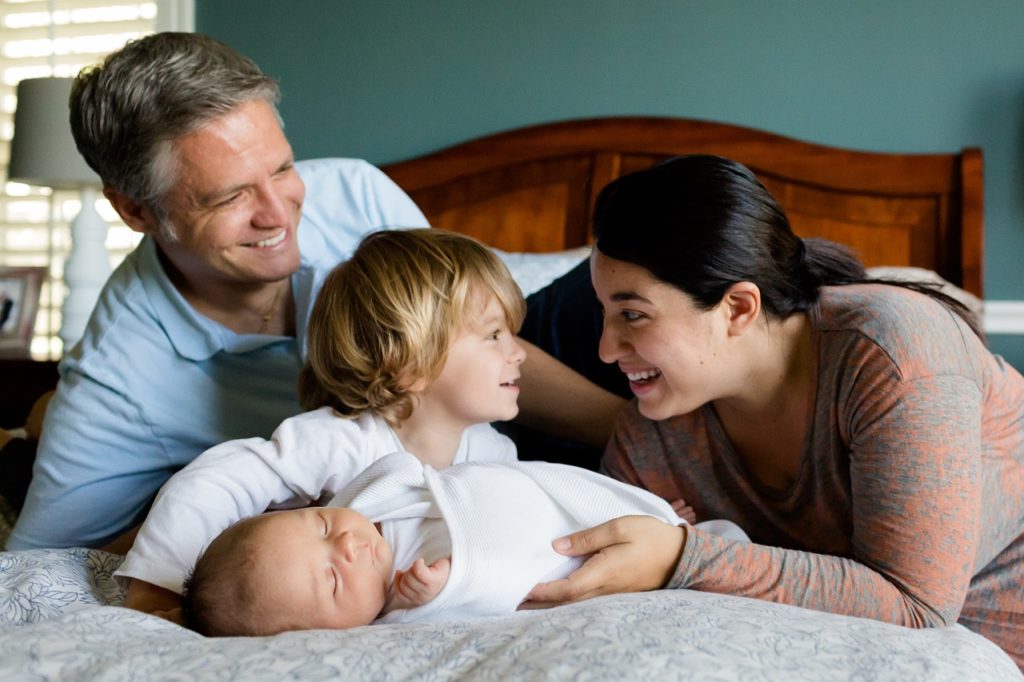
Gesturing, Pointing, and Body Language
Babies often show us their wants and needs with their hands before they start using their words. When your baby puts his arms up toward you, he’s asking you to pick him up. When they turn their head away from the toothbrush, they’re telling you they don’t want to do that right now.
Pointing and leading us to something is another way our children communicate. Some children will point to an item, while others might take your hand, walk you over to it, or even bring it to you.
Sometimes babies use their whole bodies to communicate with us. When your child lays her head down on your shoulder, you can guess they’re either needing some snuggles or showing you they’re tired. A baby who is splashing and kicking their feet and waving their arms in the bathtub is showing you they’re enjoying the water.
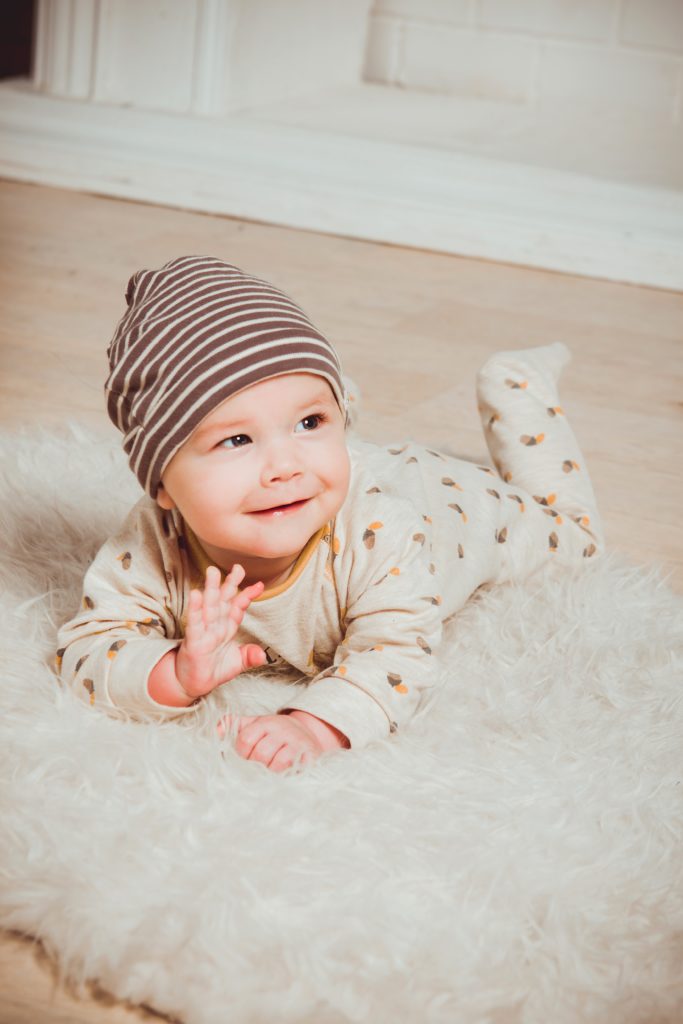
Sounds
Finally, let’s talk about sounds…our babies are making so many sounds before they start saying words. The earliest sounds are the “coos” and “goos” they make laying in the crib looking up at you.
Later on, they’ll do more babbling…maybe some vowel sounds like “aaahhhh” or “ooooooo” and eventually they’ll say whole syllables together like maybe “buh buh buh” or “da da da”.
Eventually, their babbling turns into something that sounds more like talking, but without being actual words you can understand. They’ll put a variety of sounds together, take pauses, and make their voices go up and down.
Turn Taking
With a little encouragement from you, your baby can learn to be a conversationalist long before their first words. Most babies participate in what we call “turn taking,” very early.
Basically, they make a noise (maybe a bah or buh), and you respond back “Yes, I hear that!” or you repeat what they say “bah bah bah.” By engaging in this back and forth, you’re helping your child understand that conversation has a certain structure–one person talks, the other responds, and so on. The longer you can keep this going with your child, the more they’ll communicate with you.
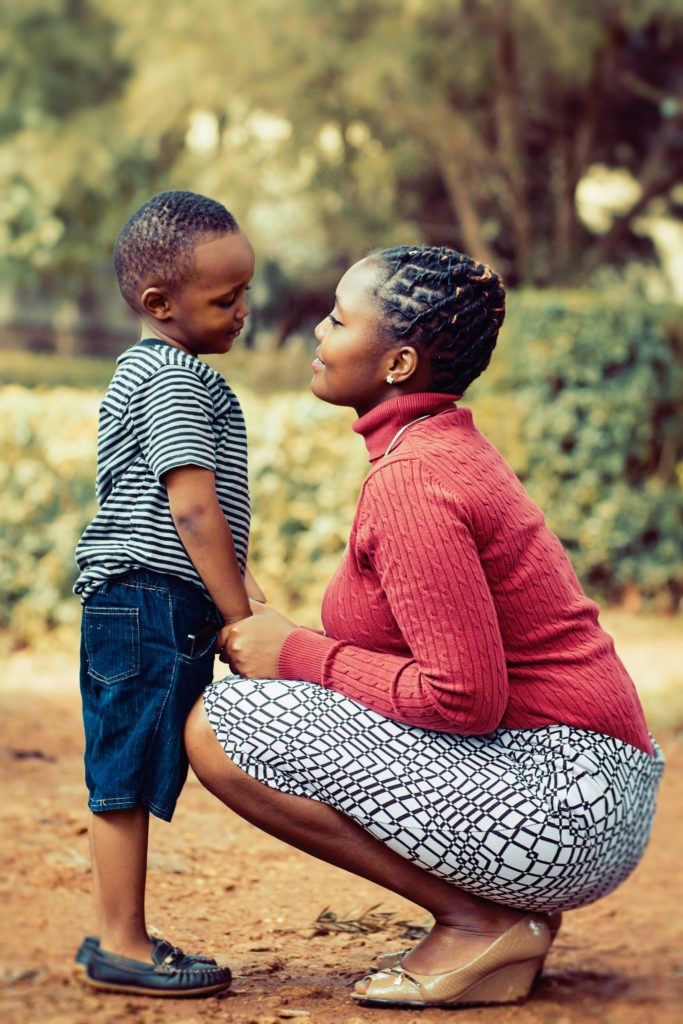
Much More Than Just Talking
The next time your doctor hands you a checklist at a well baby appointment, read through the list and see how many ways your baby is communicating in addition to just words. Communication starts early.
If you’re at all concerned that your baby isn’t reaching his or her milestones, please let your doctor know, or reach out and we can chat about your child’s speech and language development–talking and all of the rest!
